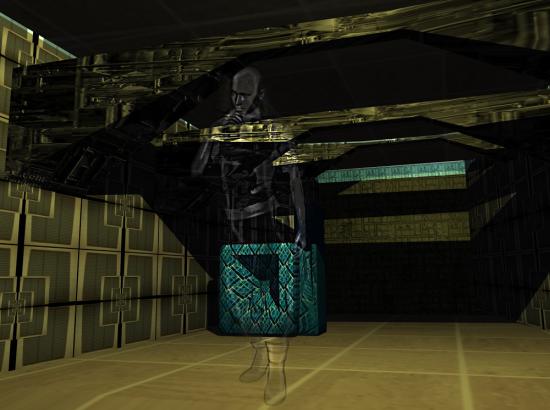BY LETTER
Chameleon Technology
Invisibility technology | |
 Image from Steve Bowers | |
| The 'Floating' cities on Cronus are supported utility fog which is concealed by an outer layer of chameleon tech | |
 Image from Steve Bowers | |
| A modosophont using chameleontech to become semitransparent for aesthetic reasons | |
Often chameleon technology is used to conceal unsightly features of a building, town, habitat or spacecraft, and has been used in many locations to conceal suporting structures, allowing a building to appear as if it were floating in mid-air. Many variants of utility fog incorporate a layer of OPA chhameleon tech on the outermost layer, making the fog appear transparent or allowing it to display other imagery.
As well as being widely used in stealthware, chameleontech can be used as a light source, and even as a potent laser weapon, although this also depends on energy storage and capacity. An object which is covered in an optical phased array can focus light with a large effective aperture, allowing a considerable amount of energy to be concentrated on a small area.
 Image from Steve Bowers | |
| A land-cruiser is concealed by chameleontech, with only a few minor optical distortions to give away its location) | |
Related Articles
Appears in Topics
Development Notes
Text by M. Alan Kazlev
Additional material by Steve Bowers
Initially published on 31 January 2002.
Additional material by Steve Bowers
Initially published on 31 January 2002.






